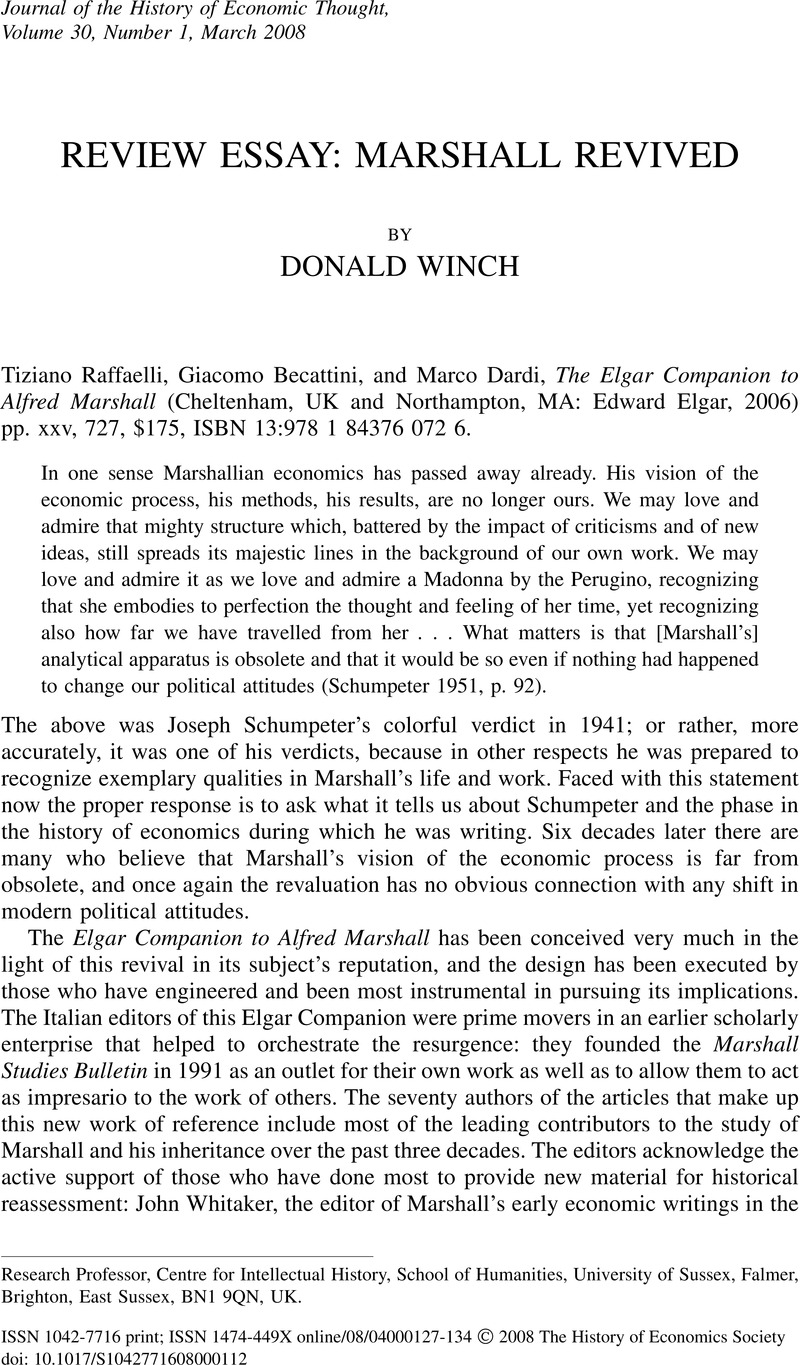Crossref Citations
This article has been cited by the following publications. This list is generated based on data provided by Crossref.
WINCH, DONALD
2010.
THE OLD GENERATION OF ECONOMISTS AND THE NEW: AN INTELLECTUAL HISTORIAN’S APPROACH TO A SIGNIFICANT TRANSITION.
Journal of the History of Economic Thought,
Vol. 32,
Issue. 1,
p.
23.





